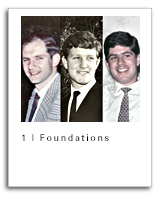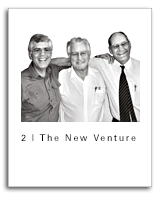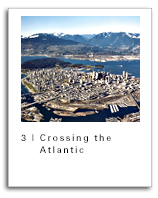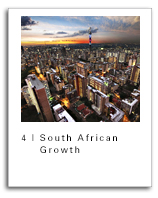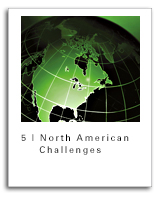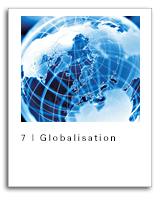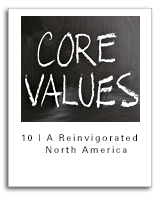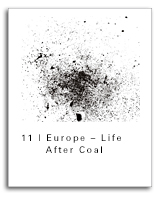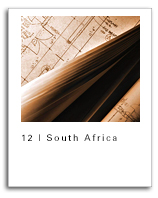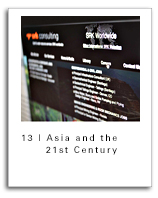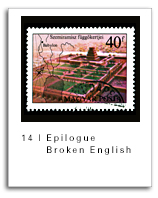-
Servicios
Exploración Mineral
- Objetivo de Exploración Mineral
- Teledetección y Exploración Geofísica
- Geoquímica de Exploración
- Análisis Estructural de Campo
- Planificación de Proyectos de Exploración Mineral
- Muestreo, Análisis y QA/QC en Exploración
- Servicios de Exploración Mineral en Terreno
- Salud y Seguridad en Operaciones de Exploración
Evaluación de Proyectos de Minería
Medio Ambiente y Responsabilidad Social
- Análisis Geoquímicos de Drenaje de Mina
- Remediación del Suelo y Aguas Subterráneas
- Evaluación de Impactos Ambientales y Sociales
- Contabilidad del carbono
- Consultas a Partes Interesadas y Participación del Público
- Planificación de Gestión Ambiental y Social Relacionada con la Minería
- Electrificación del transporte en tajos abiertos
- Cambio Climático
- Reasentamiento y Restauración de los Medios de Subsistencia
- Permisos Ambientales
- Seguridad de las Instalaciones Nucleares
Geología y Recursos
Minería
- Diseño, planificación e ingeniería de minas a rajo abierto
- Diseño, planificación e ingeniería de minas subterráneas
- Geología minera para planificación y optimización
- Economía y finanzas para la minería
- Asesoría a operaciones mineras
- Electrificación del transporte en tajos abiertos
- Simulación Minera
- Explotación minera mediante hundimiento
- Ventilación de Minas
Gestión del Agua
Geotecnia Minera
Cierre de Minas
Manejo de Residuos Mineros
Metalurgia Extractiva y Procesamiento de Minerales
Ingeniería Civil y Estructural
Geología Estructural
Estimación de Recursos Minerales
Asistencia Operativa de la Mina
Ventilación de Minas
Aguas Subterráneas
Aguas Superficiales
Calidad y Tratamiento de Agua
- Consultores
- Proyectos
- Productos
-
Centro de Conocimiento
Centro de Conocimiento
- Noticias y Eventos


